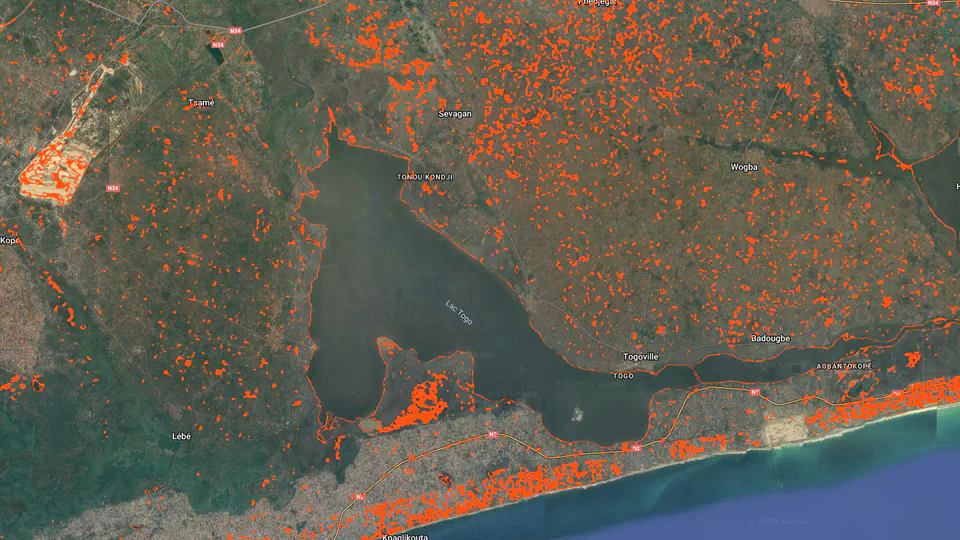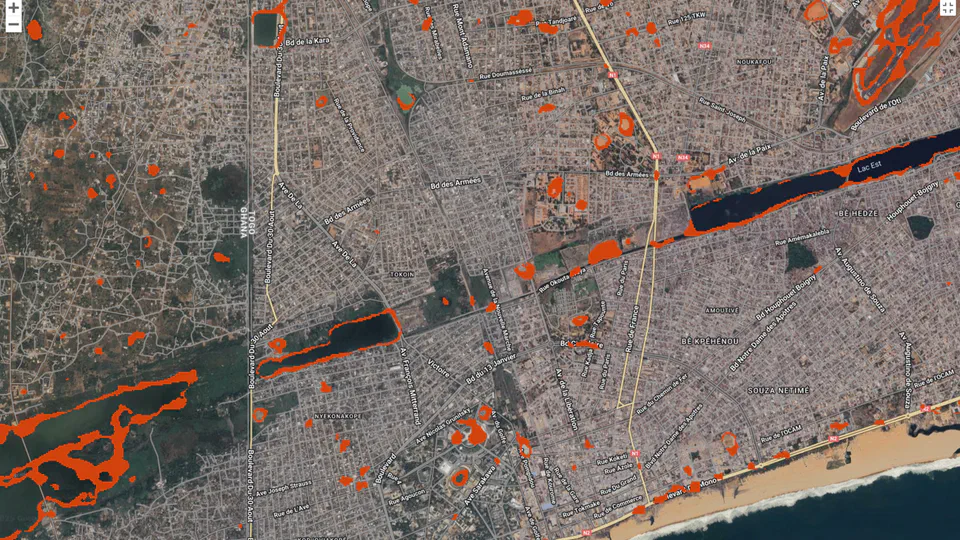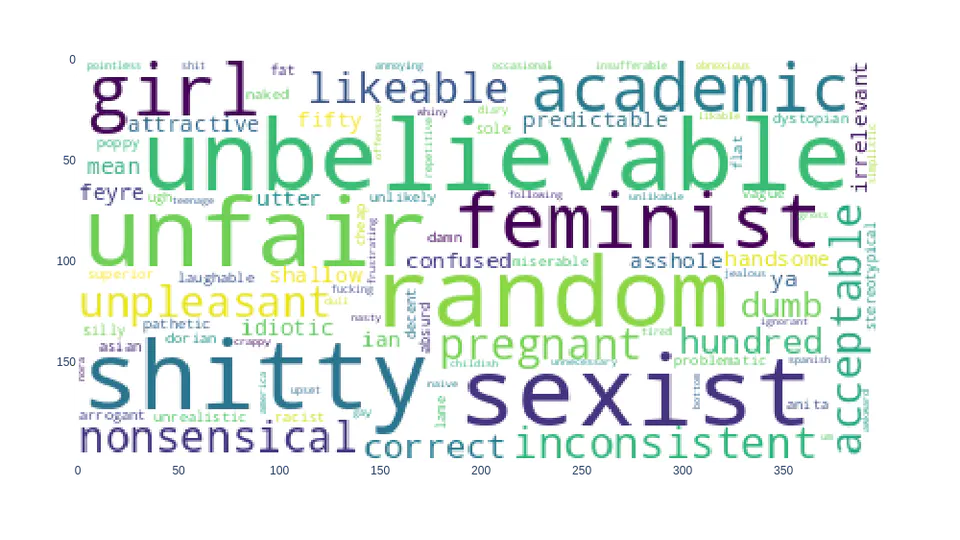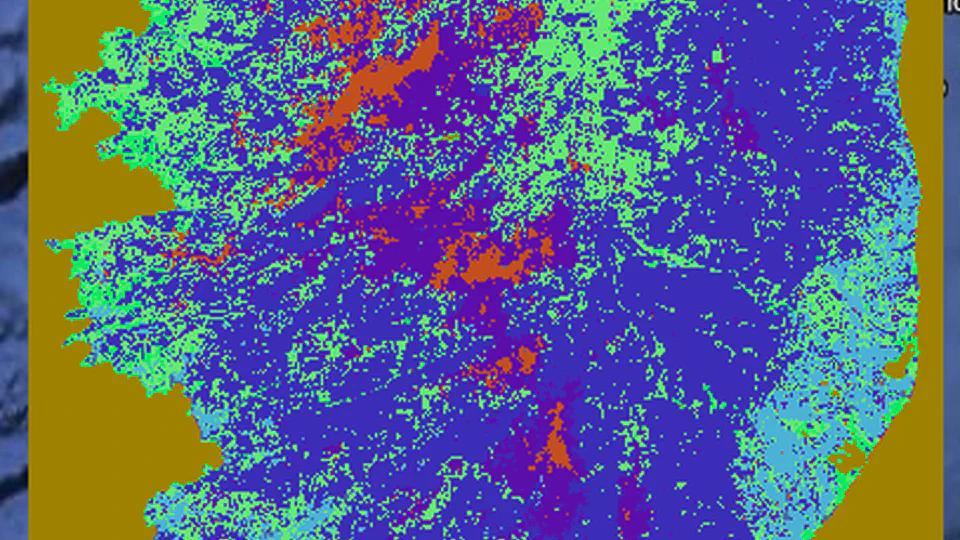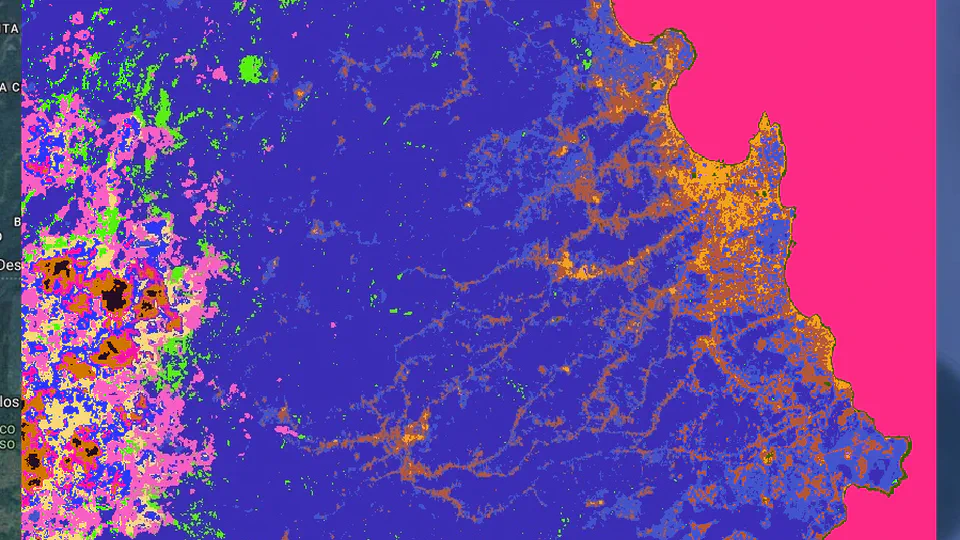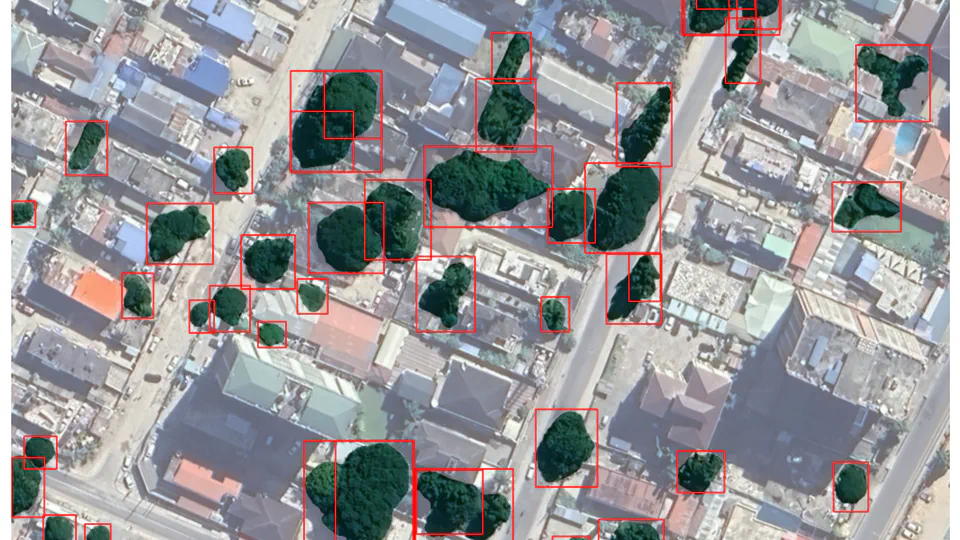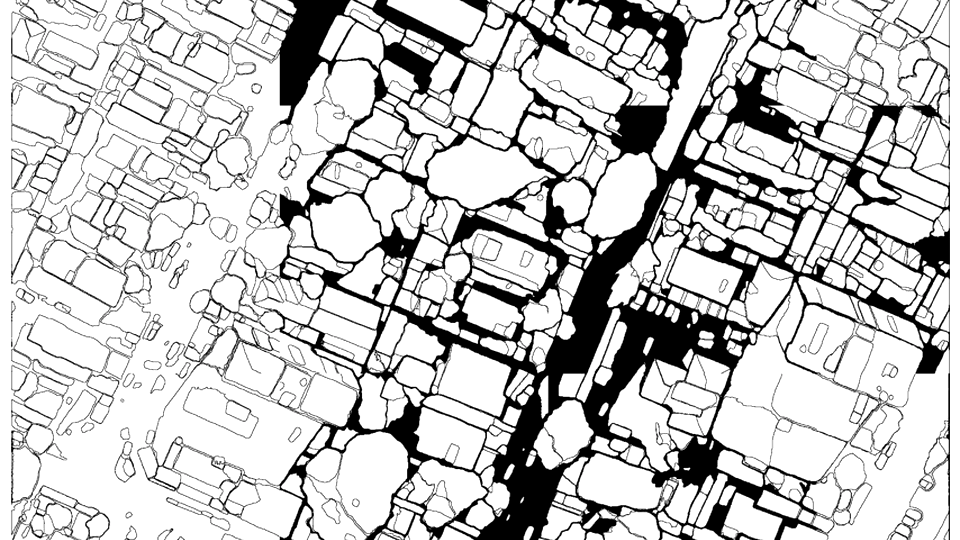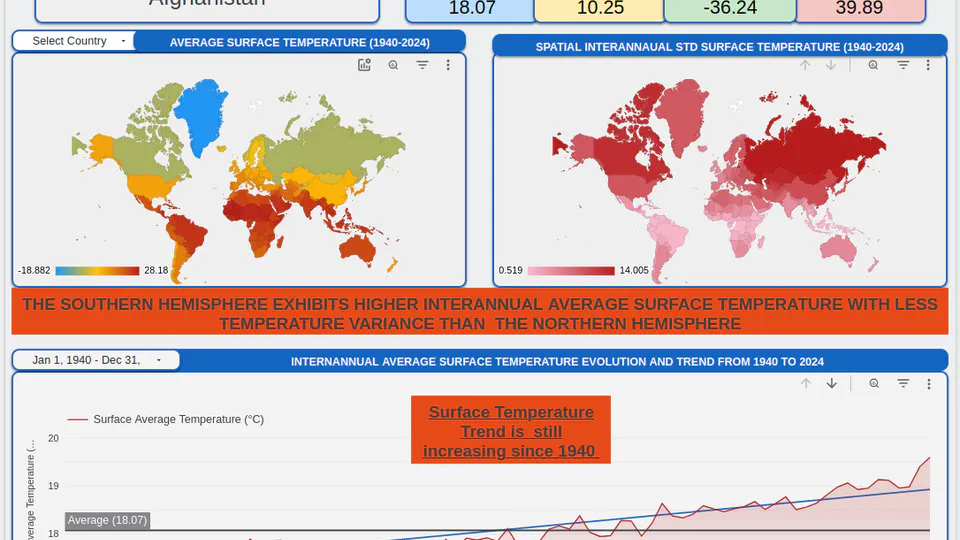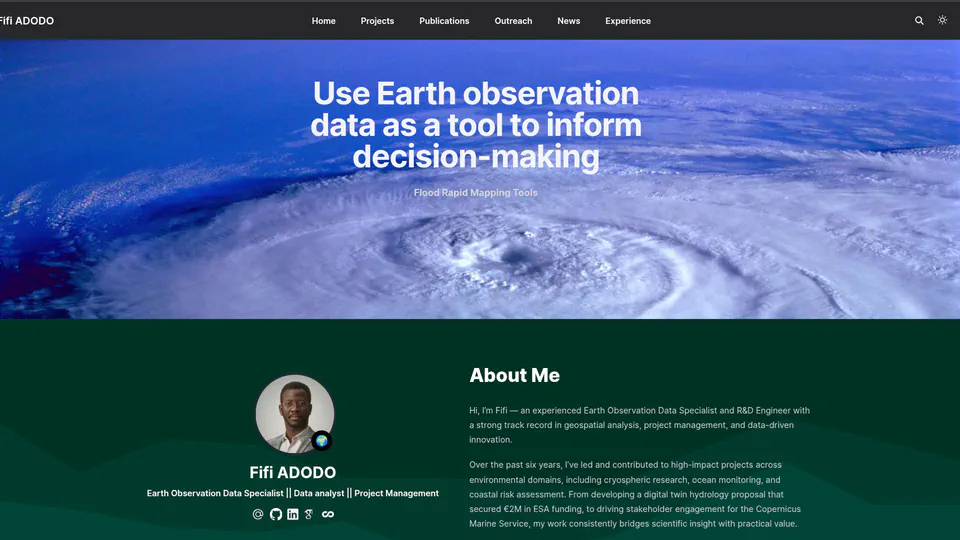Earth Observation Data Specialist || Data analyst || Project Management
About Me
Hi, I’m Fifi — an experienced Earth Observation Data Specialist and R&D Engineer with a strong track record in geospatial analysis, project management, and data-driven innovation.
Over the past six years, I’ve led and contributed to high-impact projects across environmental domains, including cryospheric research, ocean monitoring, and coastal risk assessment. From developing a digital twin hydrology proposal that secured €2M in ESA funding, to driving stakeholder engagement for the Copernicus Marine Service, my work consistently bridges scientific insight with practical value.
With growing expertise in data analytics and AI, I’m now looking to broaden my impact by transitioning into a Data Analyst role in new sectors. My technical stack includes Python, SQL, QGIS, Power BI, and tools for data visualization, machine learning, and statistical analysis.
Driven, curious, and adaptable, I’m passionate about using data to inform decisions and solve complex challenges. Feel free to explore my portfolio to see how I can bring value to your team.
- 🐍 Python programming
- 🛰️ Earth Observation
- 🌏 Remote sensing
- 📈 Machine Learning
- 🌊 Environmental/Water Engineering
Certification - AI and Big Data Developer
Le Wagon
PhD Remote Sensing / cryosphere
Paul Sabatier University
Master degree in Physical Oceanography and Applications
Paul Sabatier University
Master degree in Physics Sciences
University of Lomé
